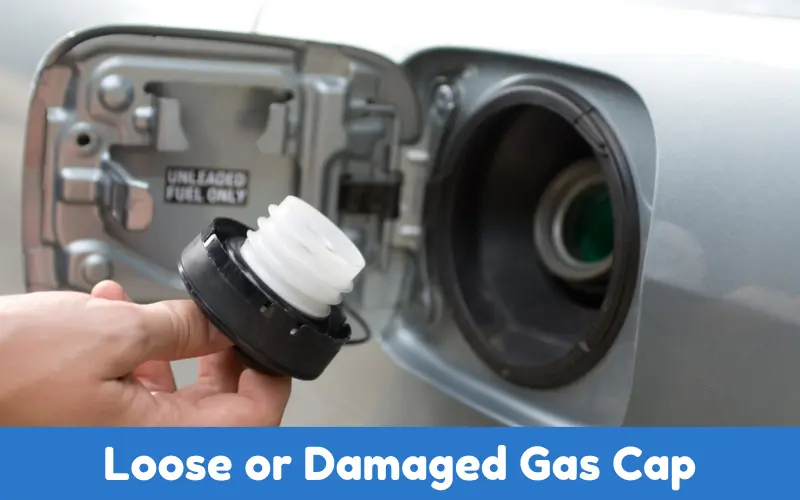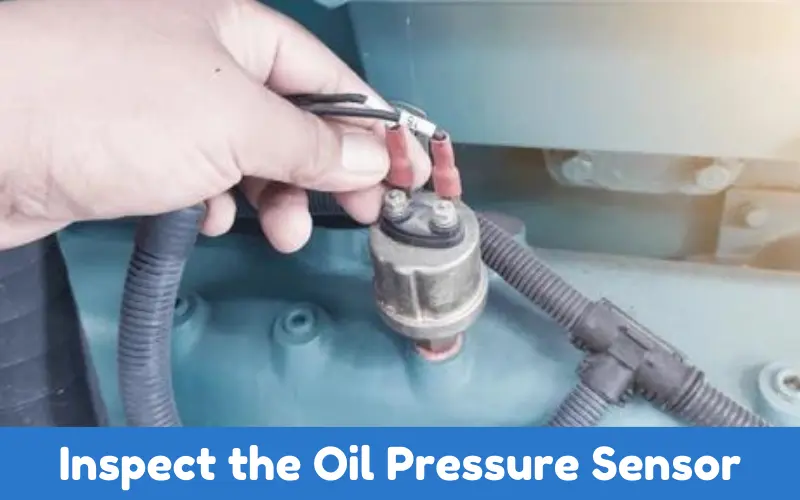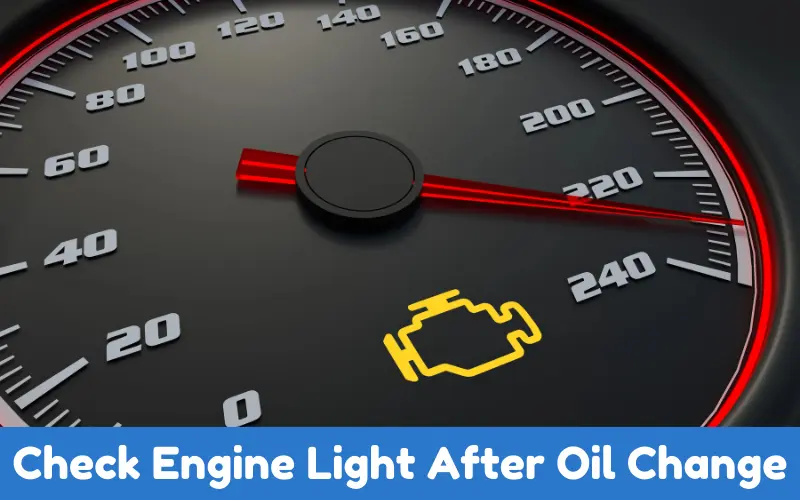If you overfill the engine, you risk triggering the check engine light after oil change. A rise in oil levels will cause your engine to generate excessive foam and exert greater pressure while building up oil leakage.
Depending on the duration and circumstances, engine performance may deteriorate, and other components may be ultimately damaged.
Paying attention to the check engine light should be a priority when it glares at you after changing the oil.
This tutorial will help you understand the consequences of overfilling with oil and what to do about it.
Topic Summary
Connection Between Check Engine Light And Oil Change
The key to vehicle maintenance is knowing why an oil change could cause the check engine light to come on and what steps can be taken to fix a malfunction.
If your check engine light comes on after an oil change, it could be due to a few things. It may be a loose or damaged gas cap, an oil pressure sensor, too much, or the wrong oil in your engine.
Too much oil can set the light off by putting excessive pressure on the engine, while the wrong oil can cause engine components to seize.
If the correct kind and amount of oil were used and all the parts that go along with the check engine light, like the gas cap and oil pressure sensor, are working properly, the check engine light should turn off.
If not, have your vehicle looked at by a professional mechanic to avoid any significant damage being done to your engine.
As soon as warning lights like the check engine light come on, quickly attend to the problem to prevent more severe damage in the future.
Reasons for the Check Engine Light After Oil Change
You might think the worst when you take your car into a garage for an oil change and find that the check engine light is on. Here are the steps to follow and an explanation for this issue.
1. Loose or Damaged Gas Cap
This is one of the most common reasons the ‘check engine’ light will come on after an oil change.
Maybe the mechanic accidentally removed the oil cap or forgot to put it back properly, or perhaps the rubber gasket on the cap got torn or cracked during the repair.

In any case, you’ll notice the light come on because the fuel system pressure has decreased.
2. Faulty Oil Pressure Sensor
The oil pressure sensor measures oil pressure from the engine and reports it to the vehicle computer.
If the sensor is bumped or damaged during an oil change, it might go off when there is low oil pressure and illuminate the check engine light.
3. Oil Change Reset Required
Some automobiles are such that the oil change indicator light on the dash must be manually reset in the vehicle’s computer memory after an oil change or, without such a reset, the warning light ‘check oil’ might come on. But the oil has been successfully changed.
4. Incorrect Oil Level or Type
Using the wrong oil or putting in the oil at the incorrect number of problems in the engine. The check engine light might come on by using too much oil, too little oil, or the wrong oil.
5. Electrical or Sensor Issues
It may be that something mildly handyman-technical, such as displacing electrical connections or sensors near the engine during an oil change, caused a false reading and activated the check engine light.
Will Too Much Oil Cause a Check Engine Light?
The check engine light will likely illuminate if you overfill the engine with oil. Too much oil can cause the engine to froth or foam, which reduces its lubricating effectiveness and probably leads to engine trouble.
Too much oil in the crankcase increases pressure, which can cause oil to leak from seals or gaskets or cause numerous other engine maladies.

Certainly, occasionally, too much oil can cause problems with the engine sensors and electrical machinery, including the oil pressure sensor, which turns on the check engine light (the onboard diagnostic light).
Drain the oil properly to fix this, as specified in the owner’s manual for your car. If the check engine light doesn’t go out after correcting the oil level, have the vehicle examined by a mechanic for other damage or problems.
What To Do If the Check Engine Light Comes On
Fortunately, this problem is often a simple one to fix. The tips are given below:
1. Check the Gas Cap
Make sure the gas cap is tight. If it’s loose or damaged, remove and replace it, then take a few driving cycles and see if the problem goes away.
2. Inspect the Oil Pressure Sensor
If you suspect the oil pressure sensor has gone awry, get it checked out or replaced by a mechanic.

3. Reset the Oil Change Light
Look in your vehicle’s owner’s manual for resetting the oil change light. You may need to do that to extinguish the check engine light.
4. Verify Oil Level and Type
Check the grade and type of oil against the specifications recommended by your car’s manufacturer and top up with the correct oil if required.
5. Consult a Mechanic
However, if the light stays on despite these checks, it’s time to take the car to a mechanic and have a diagnostic done to see whether there’s a more stubborn problem.
FAQs on Check Engine Light After Oil Change
Why Did the Check Engine Light Come On After My Oil Change?
It might come on after an oil change due to a loose or broken gas cap, a bad oil pressure sensor, an incorrect amount or type of oil, or the need to reset the oil change indicator light stored in your car’s computer.
How Can I Check If the Gas Cap is the Problem?
Check the gas cap by unscrewing it and screwing it firmly back on. If the cap appears damaged or cracked, replace it with a new one. The check engine light should shut off by now if the cap is the problem.
What Should I Do If the Oil Pressure Sensor is Faulty?
If you sense the oil pressure sensor is bad, have it checked out by a pro mechanic. If it’s faulty, it takes in oil pressure readings and can cause the check engine light to go on.
How Do I Reset the Oil Change Light?
You can find out how to reset the oil change light on your vehicle by referring to the owner’s manual, though you’ll likely have to use the controls on your dashboard to cycle through a menu until you find the oil change indicator reset option.
When Should I Consult a Mechanic If the Check Engine Light Remains On?
If the light stays on after you’ve removed the gas cap, checked the level and type of oil, or reset the oil change light, get it checked out by a mechanic. Somehow or other, something is wrong.
Conclusion
Receiving that little orange ‘CHECK ENGINE’ light on your dashboard after your oil change can be slightly concerning. You may think something’s seriously wrong, like it’s time to see a mechanic.
It probably means one of the aforementioned common causes or easily remedied problems like a loose gas cap or the dreaded monkey light, and it just needs a reset.
But, if in doubt, consult a mechanic. Either way, do something, restore some order to your life, avoid temptation, and get that check engine light turned off.

